As the Coronavirus continues to spread, and daily updates on it change, the uncertainty at present can lead to anxiety and fear. Our brains are often attracted to the worst possible scenario, particularly anxious brains. The act of catastrophizing in and of itself is an evolutionary trait, however it is largely unrealistic (Seligman, 2020).
Martin Seligman, one of the founding fathers of Positive Psychology, recommends the “Put It In Perspective” exercise to help refocus the brain and reduce anxiety. This practice focuses first on deciding the worst-case scenario, which our brains typically tend to do first, moves to the best-case scenario, and then settles on the most likely scenario. In this way, thoughts move from those that are irrational to those that are rational.
So how do you do this? Here are the steps below:
Step 1: Consider what the worst possible situation is.
In the case of this pandemic, one might think, “I’ll get sick and won’t realize I’ll have it and end up in the hospital and die”.
Step 2: Consider what the absolute best outcome is.
One might think, “This will never happen to me and my family. This will all be over soon and everything will go back to normal.”
Step 3: Consider what will most likely occur.
A realistic scenario might be, “I will take all actions to protect myself and others, however, there is a chance I will get sick so it’s good to know about the symptoms and how to take care of myself.”
Step 4: Develop a plan for the scenario you determined, around what will most likely occur.
Having a contingency plan for a difficult, but realistic scenario is helpful. So if looking at step 3, considering whether you have enough Tylenol at home or would be able to still work if you were under the weather are important, and realistic considerations.
Unsure how to get started with this strategy? Click here to work with someone who can help.


